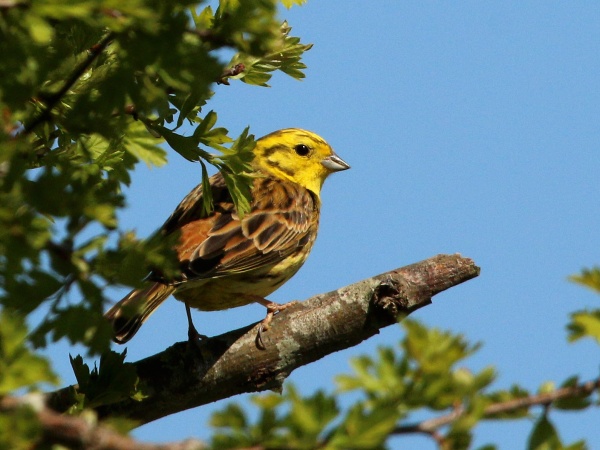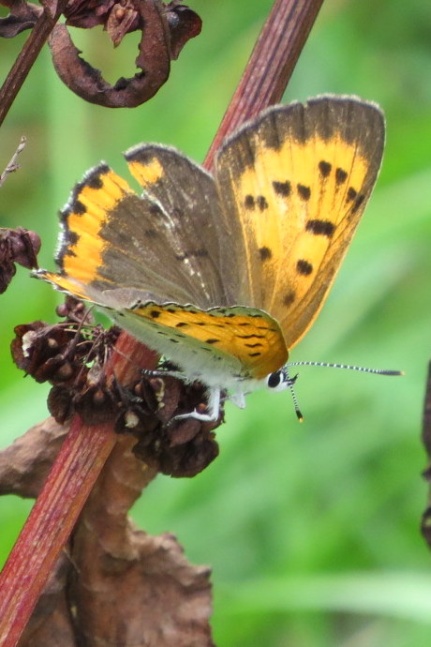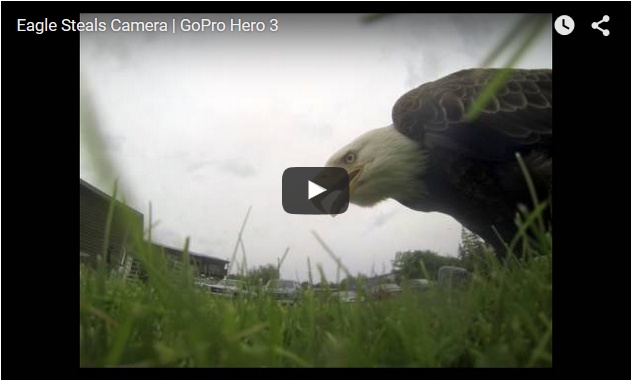
Here’s the story of a great idea that went sour really fast because people didn’t observe bird behavior.
During the 1800’s many Britons emigrated to New Zealand and began farming. As the settlers cleared the forest, New Zealand’s native birds (which are flightless) retreated or became extinct.
Soon insect pests proliferated and the farmers clamored for a solution. Someone had a bright idea, “I know! Birds eat bugs. Let’s import a bird.”
The Acclimatisation Societies decided to import the yellowhammer (Emberiza citrinella), a sparrow-like Eurasian bird famous for his pretty song. They lined up dealers in Britain who captured local yellowhammers and shipped them overseas. New Zealand’s farmers welcomed them with open arms.
It didn’t take long to find out this was a terrible mistake. The birds ate the crops, not the insects.
Look at his conical bill and you can tell the yellowhammer eats seeds all year long. In fact, he only supplements his diet with insects during the breeding season.
Soon New Zealanders hated the yellowhammers. In 1880, only 15 years after the first birds arrived, the last shipment was turned away and sent to Australia. Farmers hunted, poisoned and raided yellowhammer nests, trying to rid the country of this once welcomed bird but it was too late. Yellowhammers were firmly established in New Zealand and are widespread today.
They’d have saved a lot of trouble if someone had paid attention to what yellowhammers eat.
Read the full story here at Science Daily.
(photo from Wikimedia Commons. Click on the image to see the original)













